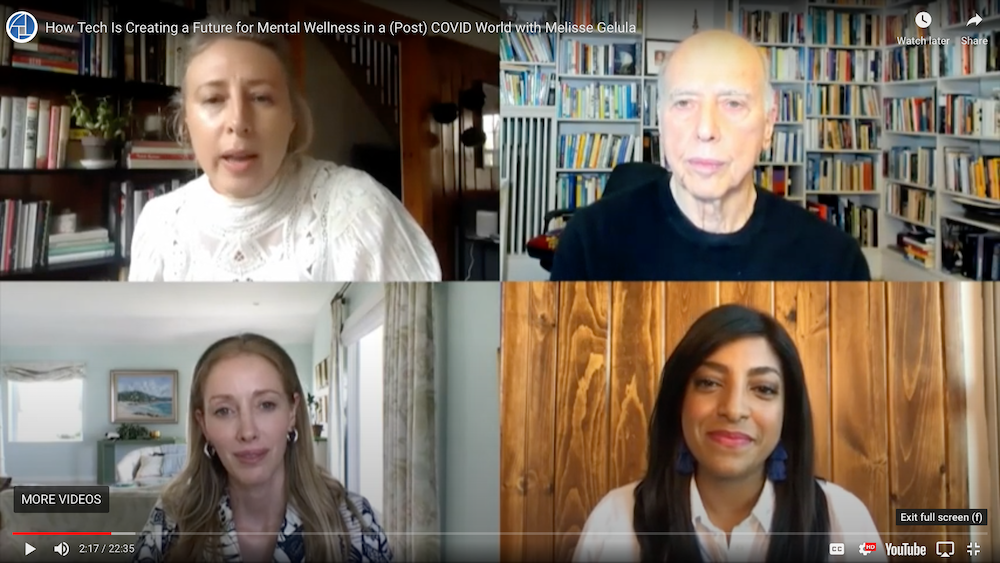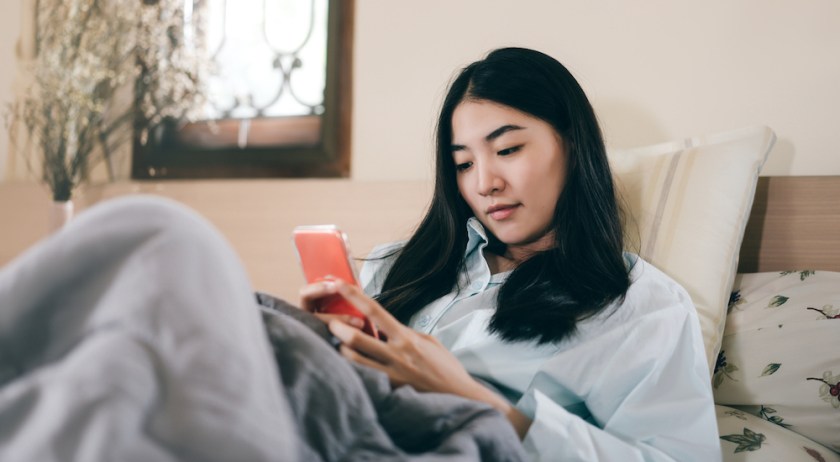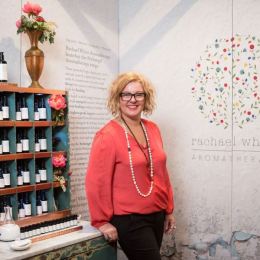The highlights from the Global Wellness Summit panel on ‘We Are Not Ok: How Tech Is Creating a Future for Mental Wellness in a (Post) COVID World.’
A discussion panel on the future of technology in the wellness industry confirmed what many have suspected for years; it isn’t going anywhere. The global pandemic has accelerated an emerging global mental wellness crisis and technology is offering a solution.
“Telehealth is here to stay,” panellist and co-founder of Able Partners, Amanda Eilian, said.

Forbes found that funding for the tech wellness sector topped 1 billion in the first half of 2020 alone, and Amanda says that investment into digital mental health start-ups for the first half of 2020 surpassed the total amount spent in 2019 alone. She notes that hardware is seeing considerable growth.
“There are some companies like Apollo Neuro and Touchpoint who have actual devices that are meant to bring your level of stress and anxiety down. There are devices like Muse, which is a meditation headband, or Wave, which is a meditation enabled pillow. Even things like the Apple Watch and Aura Ring have built-in breathing modules to help people relax,” she said.
Los Angeles-based mindfulness software Headspace raised $93 million in equity during the pandemic, but the potential lies in the apps that take a more fragmented approach. There isn’t one size that fits all when it comes to wellness.
“We are seeing more wellness apps, which are able to target individual communities and smaller groups of people in a way that speaks to those communities,” Amanda said.
Panellist Dr James Gordon had to rely on technology to provide wellness therapies to the communities he services when the pandemic hit. His organisation, Centre for Mind-Body Medicine, is best known for travelling to countries during a crisis, having taught his techniques to those in Gaza and Haiti. Instead, COVID-19 had him home-bound when the world entered a state of crisis. Dr Gordon admits to resisting at first but concedes that the programs worked beautifully in their new ‘zoomable’ format.
“What I’m struck by again and again is the possibility of connecting very intimately with people on a screen. There are some people who are very shy in person. It’s easier for some people to be online, and then more than that, we’re also able to reach out all over the world simultaneously. We are expanding very significantly because of this online opportunity,” he said.
The union of technology and wellness offers a practical solution to the shortage of providers. Technology has facilitated a surge in group therapy models, which is cost-effective, more convenient, and also in some cases, a more therapeutic way to engage with issues.
“We are not building technology because we think it’s just a cool thing to do. We’re doing it because it is an intervention point for accessibility, equitability, and to get the answers that people need on-demand,” panellist Simmone Taitt adds.
“Health professionals or mental health professionals can train people who are intelligent, who want to help others to understand and help themselves by using about 15 or 20 different self-care techniques. Then we can guide, mentor and supervise them as they spread the word out with whole populations,” Dr Gordon said.
Finally, technology is changing how we go about mental wellness. Preventative health measures are touted as the superior option to remedial treatments, and the rise of technology in the wellness sector only strengthens this stance.
Nobody is perfectly well, says Amanda. Mental wellness is a spectrum. It’s one that we all sit at in various stages throughout our lives and one that requires an overlap in treatments and therapies.
“Traditional mental health practitioners are not primarily what’s needed right now. That’s the medical model. There’s something much more fundamental, which is part of this whole revolution that digital connection is making possible.”
DID YOU KNOW
There are 5 ways you can catch up with SPA+CLINIC?
- Our quarterly print magazine, delivered to your door. Subscribe here.
- Our website, which is updated daily with its own completely unique content and breaking news.
- Our weekly newsletter – free to your inbox! Subscribe here.
- Our digital magazine – click here to view previous issues.
- Our social media – see daily updates on our Instagram, Facebook & Linkedin





